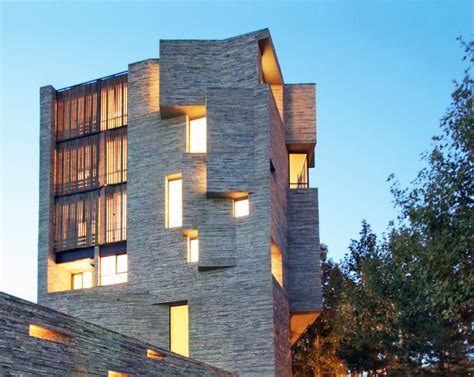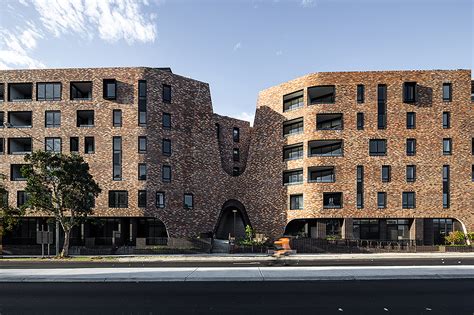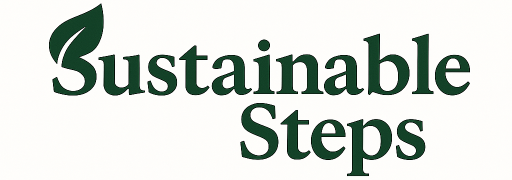As sustainability becomes a core focus in Australian architecture, particularly in NSW and Sydney, the construction industry is turning to innovative methods to reduce environmental impact. One of the most promising approaches is the use of recycled materials. Whether it’s reclaimed wood, salvaged bricks, or repurposed stone, these materials not only preserve the planet’s resources but also add unmatched character and resilience to modern buildings. Incorporating recycled materials in construction is no longer a niche trend—it’s an essential practice for building a greener future.
Understanding the Value of Recycled Construction Materials
Recycled building materials refer to previously used substances—often sourced from deconstructed buildings—that are cleaned, treated, and integrated into new structures. This approach drastically reduces the need for virgin materials and keeps tonnes of waste out of landfill sites. In Australia, where construction waste accounts for a significant portion of landfill content, reusing materials is both an ecological necessity and a smart design choice.
Using these materials helps reduce the carbon footprint of new builds while offering a unique aesthetic that is difficult to replicate with newer, mass-produced products.
Benefits of Using Recycled Materials in Building Projects
Environmental Sustainability
Recycled construction materials significantly cut down on the need for energy-intensive manufacturing. Reclaiming timber avoids deforestation, reusing stone limits quarrying, and salvaging bricks diverts waste from landfill. This practice also decreases the carbon emissions associated with transporting and producing new materials.
Economic Efficiency
Contrary to popular belief, using recycled materials can result in cost savings. While the upfront labour involved in sourcing and preparing these materials might be higher, the reduction in raw material costs and the extended lifespan of quality reclaimed components often balance things out. Some recycled materials are even more durable due to decades of natural seasoning.
Design Appeal
Every piece of reclaimed timber or antique brick carries a story. These materials offer an aged beauty, organic texture, and warm tones that simply can’t be mimicked by new products. The result? A home or commercial space rich in personality, charm, and timeless character.
Methods of Incorporating Recycled Materials in Construction
Reclaimed Wood
Recycled timber is one of the most widely used sustainable materials in Australian construction. It can be used in structural framing, exposed beams, flooring, staircases, and even bespoke furniture. Salvaged from old barns, warehouses, or demolished homes, this wood often showcases dense grain patterns and patinas that develop over decades.

Reclaimed wood must be properly cleaned, dried, and treated for pests before reuse. But when done right, it adds both strength and natural elegance to a project.
Recycled Stone
Natural stone never loses its strength or aesthetic value. Reclaimed stone—such as sandstone, granite, or bluestone—is commonly used in external walls, garden paths, interior floors, and fireplace surrounds. Since it’s already weathered, recycled stone offers enhanced resistance to the elements.

Stone from older structures is typically cleaned, re-cut if necessary, and reassembled with modern techniques to ensure compliance with current standards. It not only lends a majestic touch but also represents the perfect marriage of heritage and innovation.
Recycled Bricks
One of the most iconic recycled materials in urban Australian architecture is brick. Salvaged bricks bring a rustic, lived-in texture to any façade, driveway, or feature wall. They are especially popular in Sydney and other heritage-sensitive zones, where new developments must complement surrounding buildings.

Before being reused, bricks are de-mortared, pressure-cleaned, and quality-checked. Their strength and ability to withstand harsh weather conditions make them a reliable option for structural and aesthetic applications alike.
Practical Considerations When Using Recycled Materials
Before committing to recycled materials, certain considerations must be addressed to ensure both safety and quality:
- Material Inspection: All reclaimed materials should be evaluated for structural integrity, rot, cracks, or chemical contamination.
- Compliance: Check that the materials meet current building codes in NSW, especially for load-bearing or fire-resistant applications.
- Sourcing: Establish trusted partnerships with local salvage yards, deconstruction companies, or specialty suppliers who ensure responsible and ethical sourcing.
- Treatment & Processing: Recycled materials must often be cleaned, sterilised, and sometimes resized to fit into modern construction plans.
Common Recycled Materials and Their Applications
| Material Type | Typical Uses | Unique Benefits |
|---|---|---|
| Reclaimed Timber | Flooring, beams, cabinetry, cladding | Natural beauty, seasoned strength |
| Recycled Stone | Landscaping, walls, flooring, countertops | Timeless aesthetic, superior durability |
| Salvaged Bricks | Façades, fences, feature walls, driveways | Rustic appearance, long-term resilience |
Using Recycled Materials in NSW and Sydney Homes
Across New South Wales, particularly in inner Sydney suburbs, recycled materials are becoming central to eco-conscious construction. With a growing number of homeowners and developers aiming for sustainable ratings like Green Star or BASIX, reclaimed components are helping meet these requirements. Urban redevelopments, warehouse-to-loft conversions, and even new suburban builds are integrating recycled materials not just for sustainability, but for their heritage appeal and storytelling potential.
In Sydney, where land values are high and architectural identity is important, using aged materials helps tie new developments into the existing urban fabric while making them stand out aesthetically.
Why Recycled Materials Are the Future of Construction
The shift towards sustainable building is not just about compliance or cost savings—it’s about rethinking what we value in our homes and cities. Recycled materials bridge the gap between environmental responsibility and architectural integrity. They remind us that beauty and strength can come from things that once seemed discarded.
Beyond their technical benefits, these materials contribute to a narrative—where homes are not just built but reborn. As Sydney continues to grow, the opportunity to lead with sustainable choices grows with it. Reclaimed timber beams, vintage bricks, and weathered stone might just be the building blocks of a smarter, greener city.
